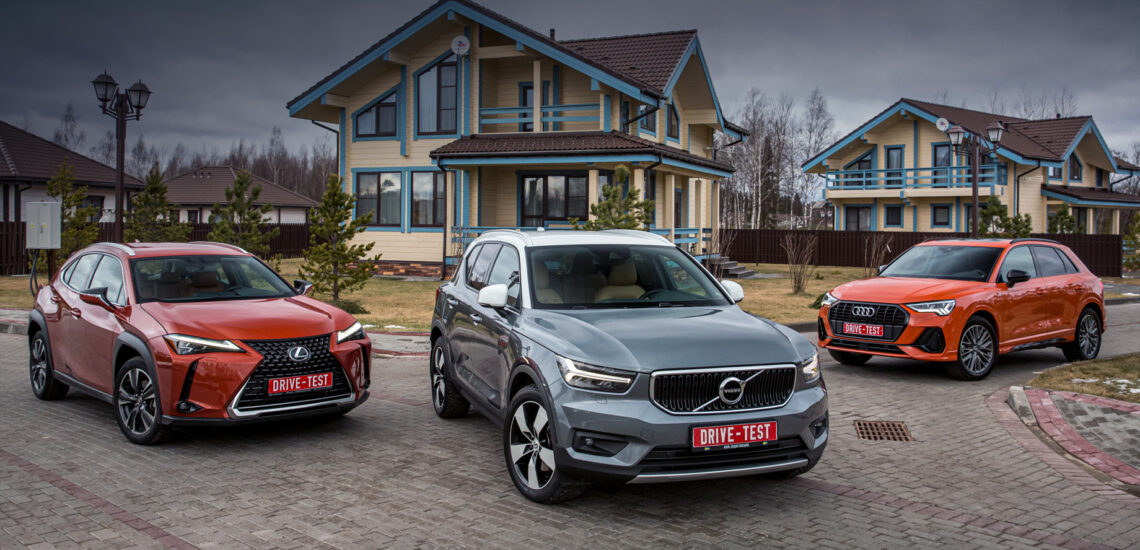Imposing Lexus UX on the rivals of the Audi Q3 and Volvo XC40
After the change of the Lexus PR team, we are making up for lost time during the Cold War… The UX crossover entered the market in early 2019, but has not yet gained much popularity. Hopefully the more successful mid-range Audi Q3 and Volvo XC40 will help us figure out why. For comparison, we chose the most marketable version of the UX 200 with a two-liter 150-horsepower aspirated engine and CVT. Of the 883 UXs sold in 2019, 810 turned out to be 200s.
At Audi, the same power is developed by a 1.4 turbo engine, which is assisted by a six-speed robotized box with two clutches. As on a Lexus, traction is transmitted only to the front wheels, but the torque is higher: 250 N•m at the peak against 202. But the gasoline Volvo is initially more expensive and sold only with all-wheel drive. In addition, a two-liter T4 engine, paired with an eight-speed automatic gearbox, develops 190 hp. and 300 N•m.
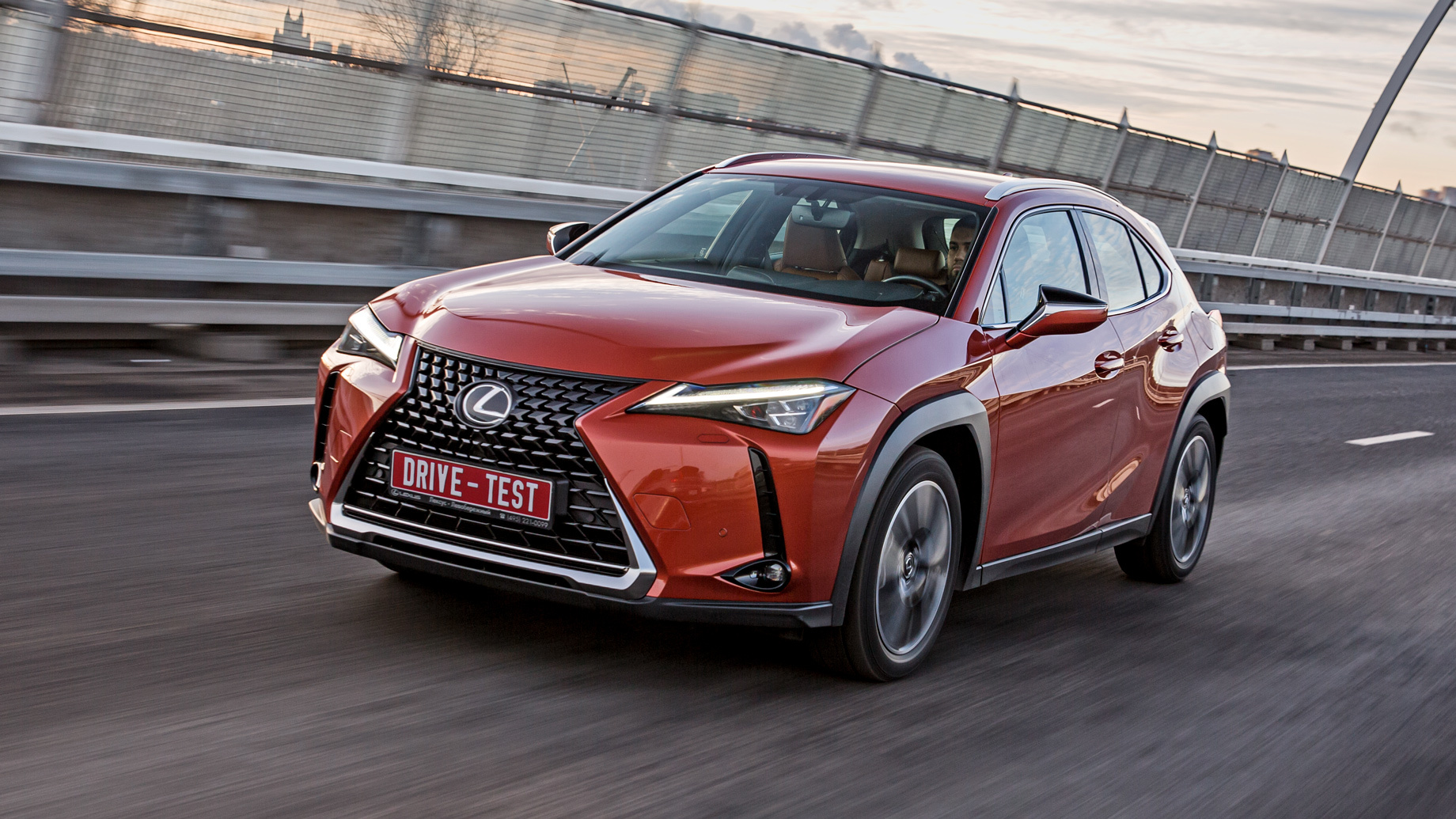
However, the most expensive is the Q3. It’s just a self-propelled showcase for options! A rare customer in this class will invest half the price of a car in them. Volvo for such money can be equipped with all conceivable additional packages. Lexus UX 200 also got us in the top, but it seems to be from another league. To call a front-wheel drive “Japanese” expensive, it must be hung with accessories like a Christmas tree.
However, from the driver’s seat the UX is not perceived as the crossover. You sit closer to the ground, as if in a regular hatchback. Lexus is really noticeably lower than its competitors, it has the shortest base and the smallest width. As a result, it is the most roomless here, which is especially noticeable in the back row. Visibility is slightly worse due to the smaller glass area. And the trunk is tiny.
Audi’s bubbly interior doesn’t skimp on hard plastics, but it’s much more spacious. Landing is higher than in the Lexus, the range of seat adjustments is wider. Only here can I lift it so that, with a height of 5’6, it can rest against the ceiling! Glossy surfaces are covered with fingerprints. But pleases the climate control unit with physical buttons and handles.
Unless it’s more convenient for the passenger to use the volume knob, and the tuner on the spoke of the plump steering wheel with the rim unsuccessfully cut along the chord will help the driver… It’s easier to sit on the second row than in the Lexus, there are more chances to stay clean in the process — and find a suitable position, since the backrest is adjustable. The cargo hold is almost twice as large and better organized. Transformation possibilities are richer, thanks to the longitudinal adjustment of the sofa.
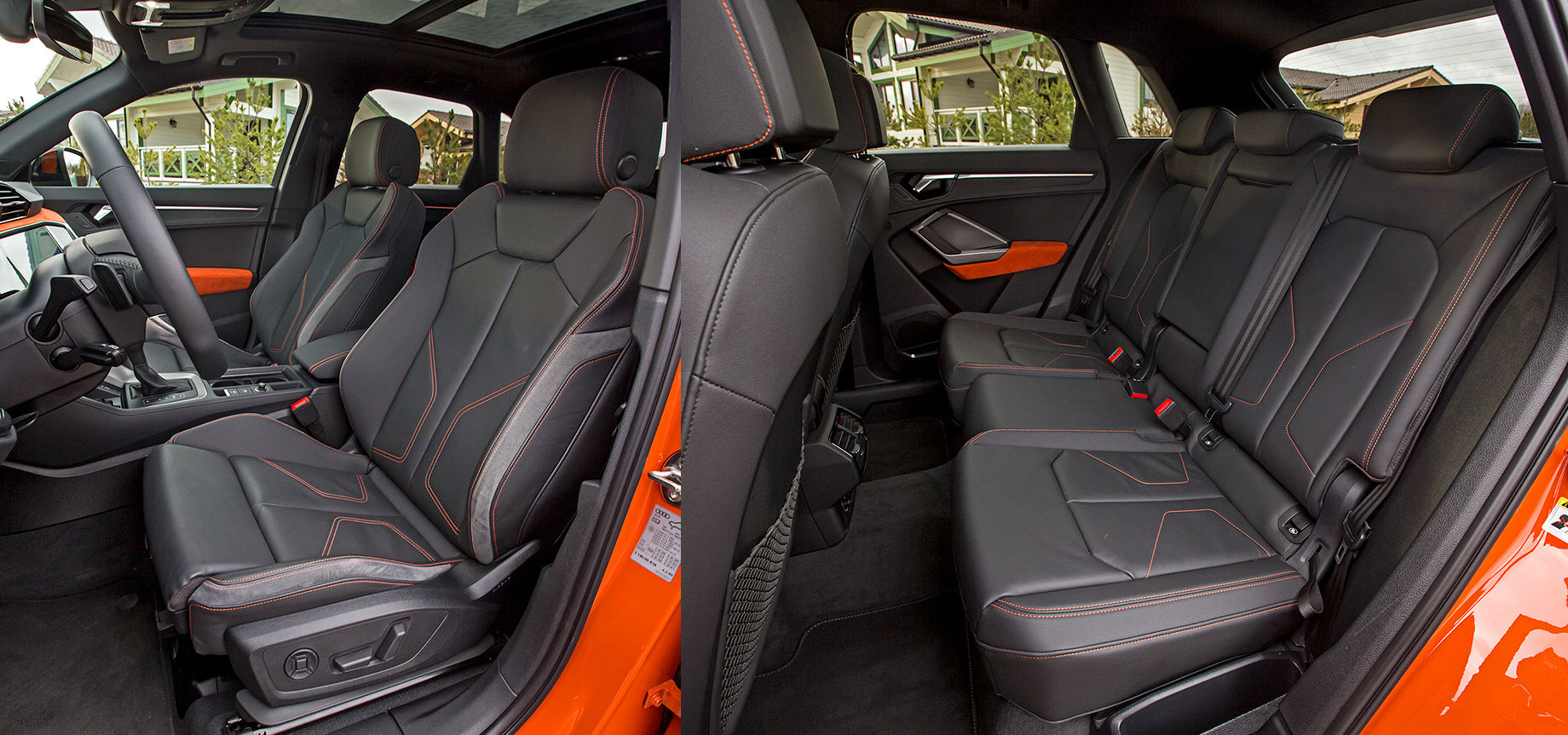
In Volvo, you sit freely, like in Audi, at about the same level, but there is nothing to grab on to: there are no handles on the door panels or on the ceiling. The Q3 has both. In general, the interiors of European cars are close in terms of quality. But the materials in the XC40 are more homogeneous than in the Audi, the interior is more practical. There are huge cavities in the doors, a sliding tray under the driver’s seat, numerous niches for small things. Here is a small, but the most capacious glove box. Like the tiny Lexus glove compartment, it lacks finishing, and the lock is offered only for an extra charge.
From the driver’s seat, the almost square hood is clearly visible, which makes it easier to understand the dimensions. The steering wheel is comfortable, the matte buttons are nicer than the glossy ones on older Volvos… The non-adjustable sofa dictates an overly vertical fit. The high central tunnel does not favor the third passenger. The trunk, although smaller than the German one, is well thought-out. Only the window is for long vehicles and no match for the folding central part of the backrest in Audi.
From the first miles it is felt that the Volvo is more powerful: it starts off easier, picks up speed more actively, accelerates easily on the go. And it’s not just the power advantage. The connection on the accelerator is surprisingly good, it’s nice to dose the thrust. The eight-speed automatic gearbox shifts emphatically smoothly, but there is no slowness in changing gears.
Atmospheric Lexus with a CVT is not so quick, but acceleration is just as convenient to control. The car willingly follows the pedal, the box convincingly imitates gear changes. Moreover, responsiveness can be enhanced by selecting Sport with the right shifter on the dashboard visor. The relationship is growing stronger, and the harshness of the reactions does not become uncomfortable. It’s a great setting for the city! It’s only a bit noisy: extreme acceleration causes the UX to hang at maximum power rpm. The aspirated engine in such modes does not outstand with vocal data.
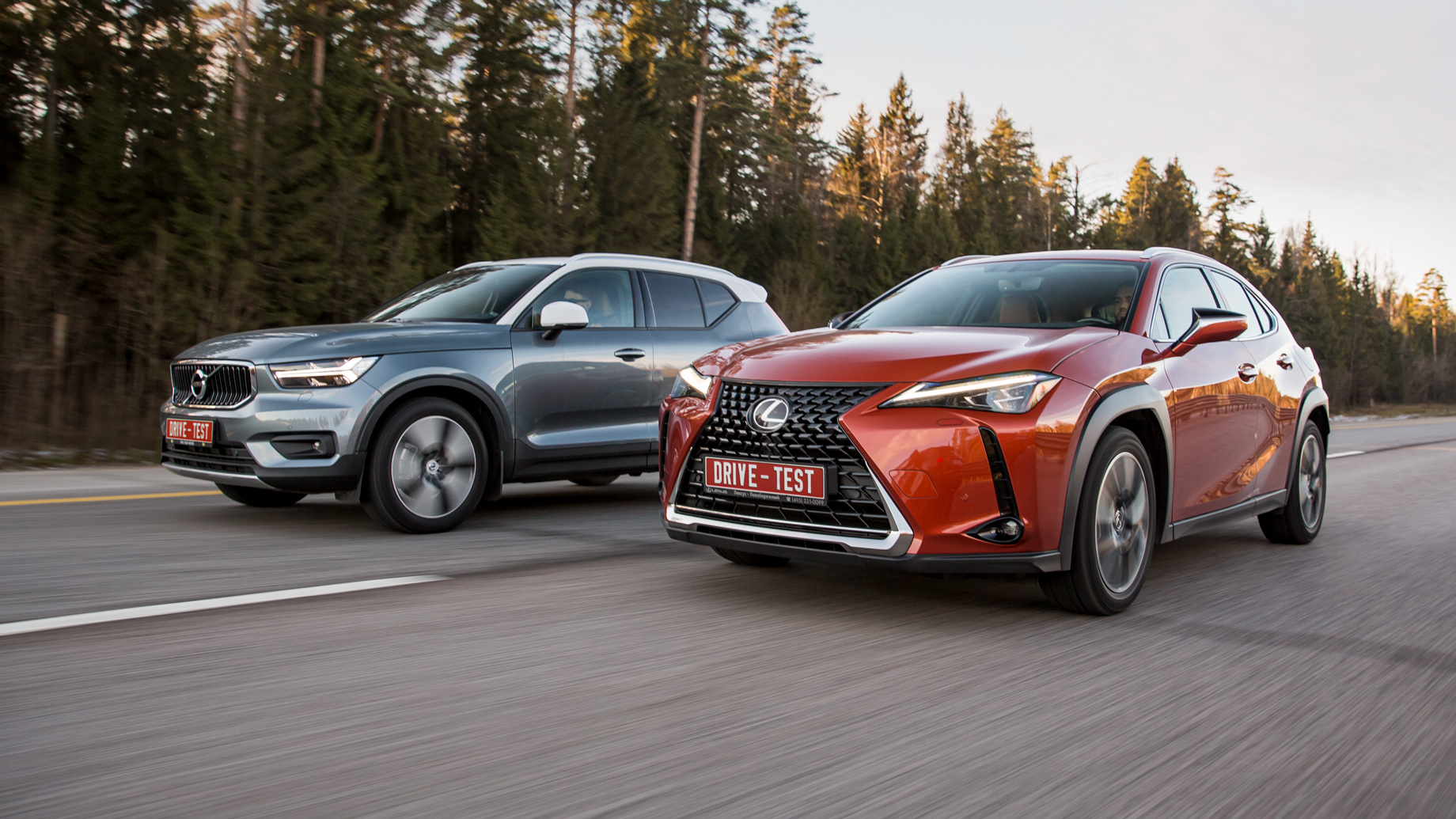
The Audi engine doesn’t let itself at shouting pitch, but the 150-horsepower Q3 feels like it has a feather pillow on the pedal. Reactions to the first third of the accelerator stroke are damped to insensibility. I don’t understand: whether this is an ultra-ecological setting, or just bad. The crossover both starts uncertainly and accelerates on the move with annoying delays.
The stifled response to the fuel supply, coupled with the uncertainty of the DSG, turns traffic jams into a real torture: you give gas — the car slows down, you press the pedal — it jumps forward. With an increase in speed, the turbo engine is finally freed from the excessive tutelage of electronics, and the car cheers up: it pulls briskly, imperceptibly shifts through six gears. The sport mode makes the Q3 follow the pedal more closely overall, but there is some fussiness in shifting…
With a choice of Michelin Pilot Alpin 5 SUV non-studded tires, the Audi dealership hit the weather. On them, the Q3 is quieter than everyone else in the test, and handling is generally satisfactory. The crossover is stable and predictable in a turn, and in the limit it shifts delicately to a wider radius. Sensitive electronics does not allow to fool. I also like the natural effort that occurs on the steering wheel when deviating even at a slight angle. Only in the near-zero zone is a slight falseness felt.
In the case of Lexus, the rather stiff friction ContiWinterContact TS 830 P, designed for the European winter, emphasizes the driver’s chassis setup. Due to the relatively low center of mass, the crossover responds to the steering wheel quickly. I’m pleased with a noticeable increase in reactive action in a turn. When you add gas on the arc, the UX straightens the trajectory, and under the reset, it is gracefully substituted sideways. A skid can also be provoked by a sharp turn of the steering wheel, which is typical for cars on the TNGA platform.
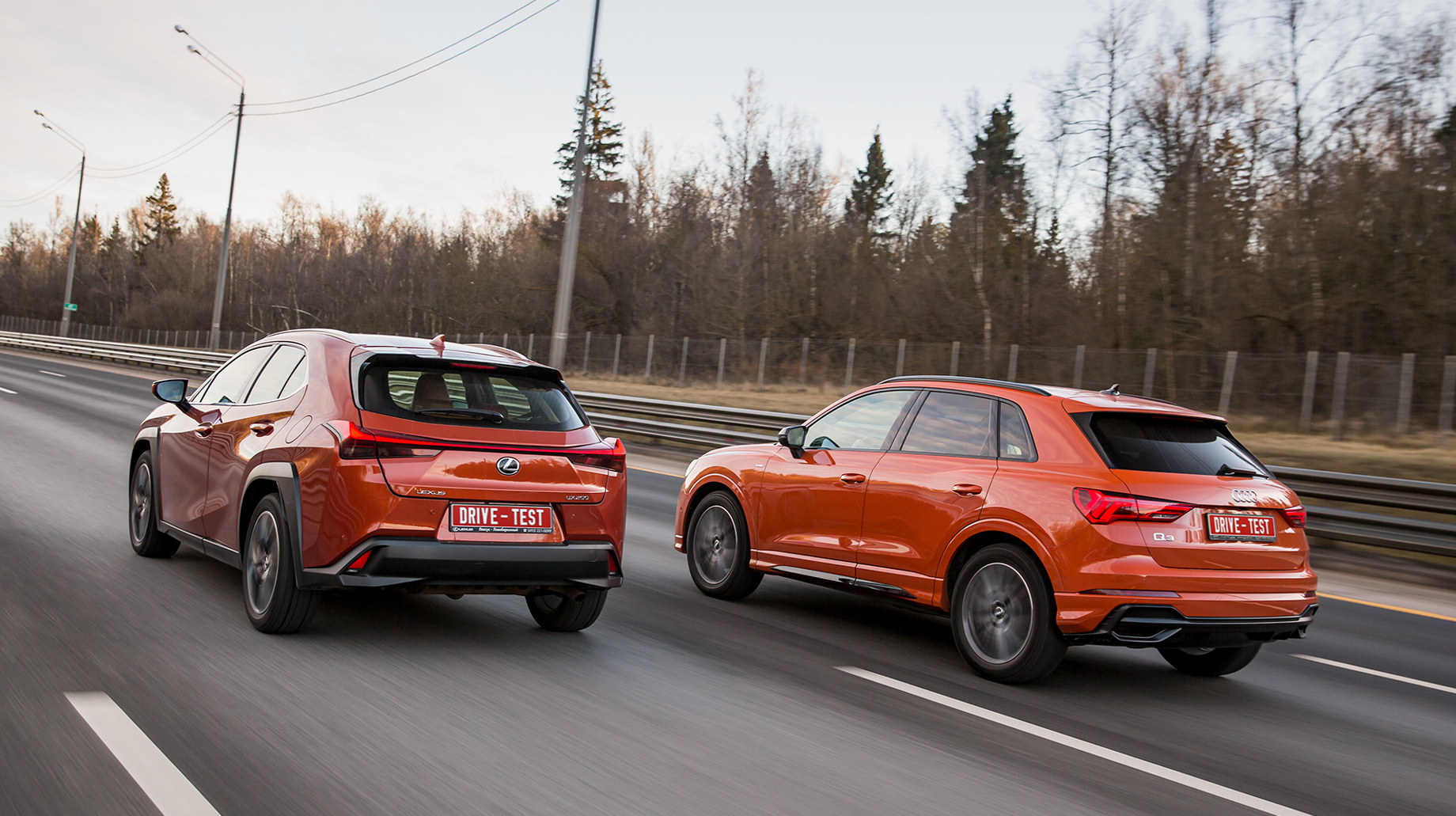
At the same time, the UX dampens small and medium bumps well. It’s a pity, on a short wave it trembles like in a chill, it shudders more than its competitors when passing through transverse joints. The Lexus interior plays along on difficult terrain, making one doubt the sufficient rigidity of the body. Finally, the UX categorically dislikes speed bumps.
Audi is more comfortable, but in turn broadcasts the road profile in detail, visibly flinching in the pits with sharp edges. The energy intensity of the suspension is sufficient to not stop at every speed bump, although it is obvious that the XC40 has more patience anyway. Volvo diligently smooths out potholes, but does not notice the little things at all. The softly studded Hakkapeliitta 8 SUV does not spoil the reliable handling: reactions are devoid of sportiness, but flawlessly predictable…
Off-road, the XC40 is more capable than just all-wheel drive. The geometry is more convincing: the overhangs are small, and the clearance we measured does not differ much from the declared 8.31 inches. The traction control is well set up, and the automatic gearbox outside the asphalt is preferable to the robotized one or variator. Lexus is generally not suitable for outings: a large front overhang, combined with light ground clearance (6.3 inches), turns a low-hanging bumper into a plow.
Thus, the XC40 confirms the title of the reference compact crossover in the premium segment. This balanced car has a wide range of modifications and an understandable price. Expected in 2020, the mono-drive gasoline version of the T3 will only strengthen the position of the crossover, which found 1,898 buyers last year. Then we would even arrange another duel, with the updated bestseller of the BMW X1 class. There’s also an overgrown GLB that should drive up, by the way.
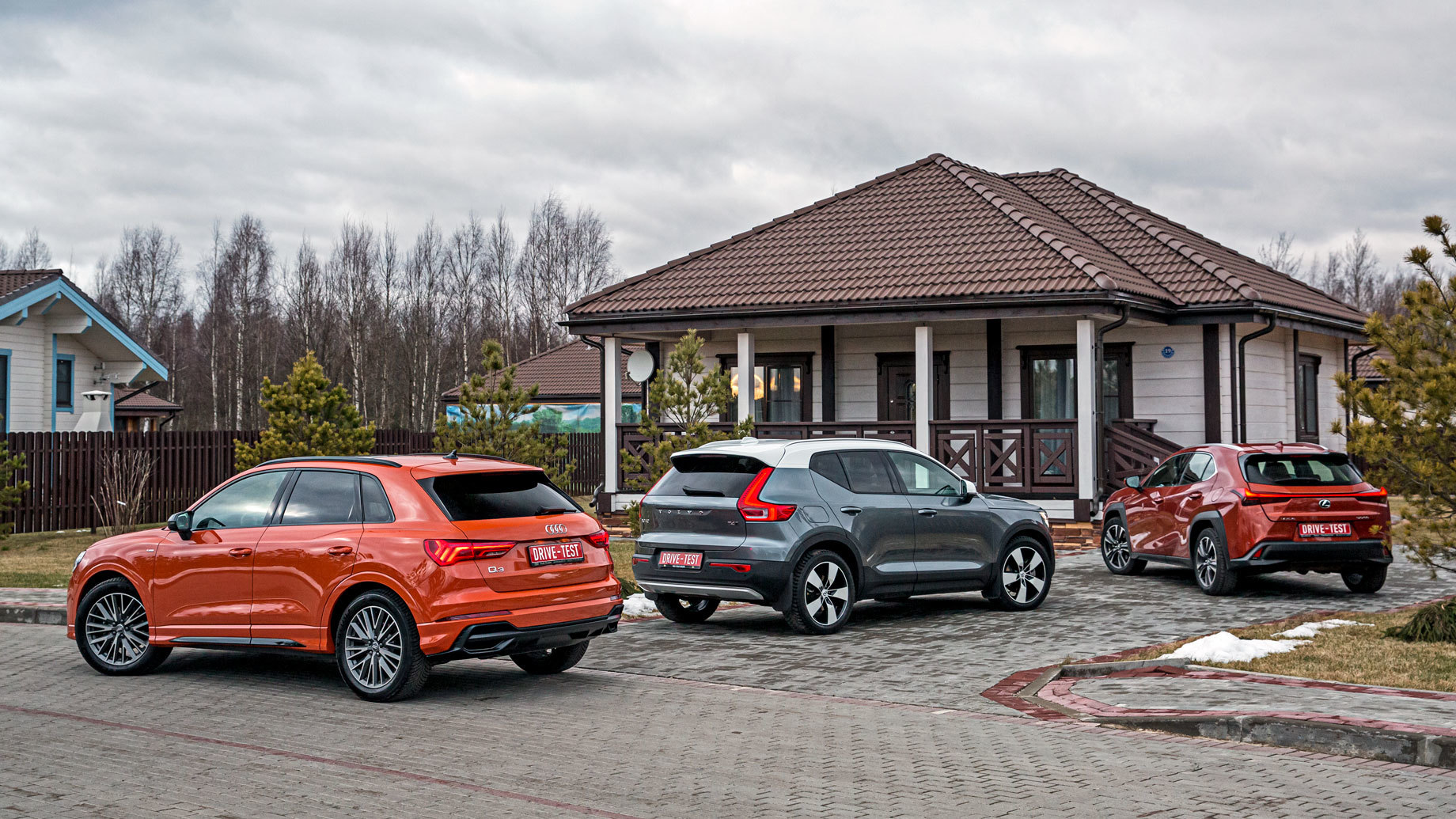
Due to more advanced multimedia, the Audi Q3 seems more modern than the Volvo, but in general it is no better. Perhaps, when buying such an expensive crossover, you should not save on all-wheel drive. Having extra money, it’s better to spend it not on options, but on upgrading to a 180-horsepower version of the 40 TFSI quattro with a 2.0 engine and a seven-speed robotized gearbox. But no matter how much money you spend on the Q3, on a bad road you will be overtaken by Volvo drivers.
Lexus, on the contrary, if you take it, should be of the 200th series. In a more powerful hybrid, the rear axle is driven by an electric motor — why do you need it? But the UX 200 will not work out very cheap, even if you are ready to sit on a “rag”. Do not count on universality, and immediately put up with the feeling of outdated multimedia. But the UX is able to surprise in motion: the Japanese have turned out to be a nimble and obedient car for a city dweller not burdened by a family. It does not reach others that we have selected, but it will shelter a client disappointed with the interior of the BMW X2.
This is a translation. You can read the original here: https://www.drive.ru/test-drive/audi/lexus/volvo/5e1db9e8ec05c4175e00002e.html

